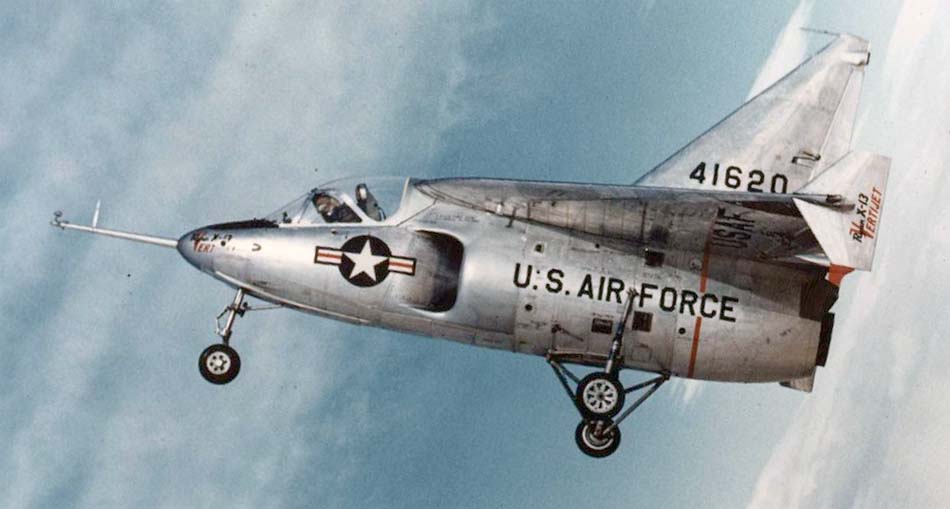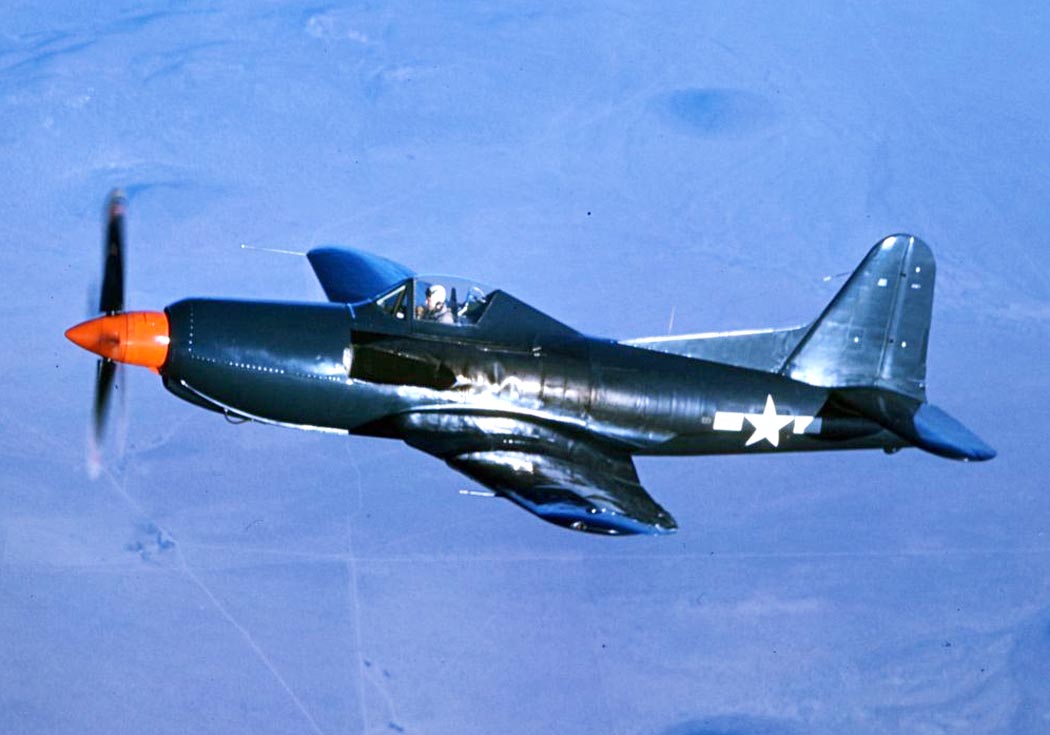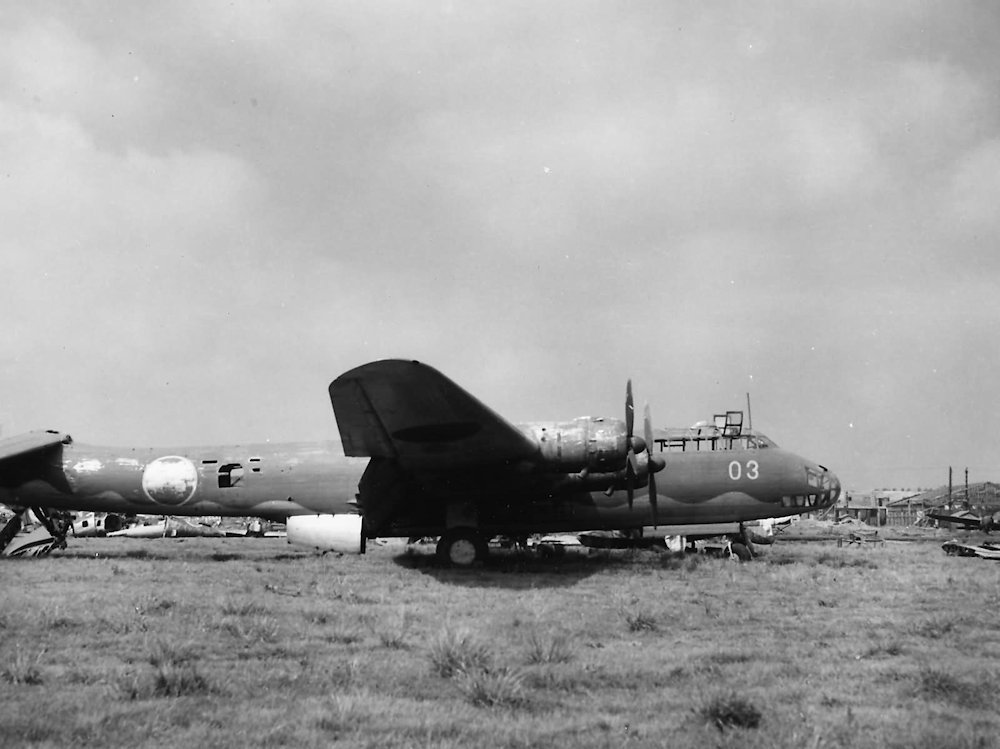Tag: airplane
-
Ryan X-13 Vertijet

Ryan X-13 Vertijet The Ryan X-13 Vertijet grew from an in-house Ryan study to see if the Ryan FR-1 Fireball could be modified for vertical takeoff. This was expanded on by the US Navy who were interested in operating aircraft from submarines. In 1953, the US Air Force awarded Ryan a contract for the X-13.… Read more
-
Ryan XF2R Dark Shark

Ryan XF2R Dark Shark The Ryan XF2R Dark Shark was a development of Ryan’s earlier FR-1 Fireball. First flying in November 1946, it retained the mixed power plant of its predecessor, but replaced the piston engine with a General Electric T31 turboprop engine. The jet intakes were moved from the wing roots to the fuselage… Read more
-
Nakajima G5N Shinzan Japanese Heavy Bomber

Nakajima G5N Shinzan Japanese Heavy Bomber The Nakajima G5N Shinzan (“Deep Mountain”), code named “Liz” by the Allies was a four-engined heavy bomber designed for the Imperial Japanese Navy. Prior to undertaking the design, Nakajima acquired the Douglas DC-4 prototype, as they lacked experience with this type of aircraft. Powered by four 1,870 hp Nakajima… Read more